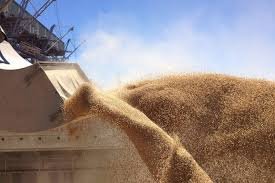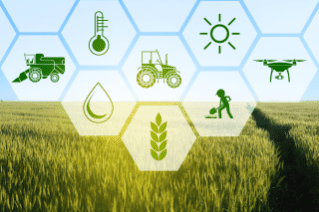Releases operational guidelines for horticulture cluster development prog
Union Minister for Agriculture & Farmers Welfare Narendra Singh Tomar addressed a National Conference on ’International Year of Fruits and Vegetables’ organised by the Ministry of Agriculture and Farmers’ Welfare in collaboration with the Food and Agriculture Organization of the United Nations. The minister also released operational guidelines for the Horticulture Cluster Development Programme and QR code of the guidelines.
The conference was organised as part of the celebration of the ’International Year of Fruits and Vegetables, 2021’ declared by United Nations Organization. The theme for this year is ’Awareness about the nutritional benefits of fruits and vegetables for baa lanced and healthy diet and lifestyle.’
The ministry has identified 10 globally popular Exotic fruit crops of commercial importance and 10 important indigenous fruit crops with high nutritional and nutraceutical properties. The State Horticulture Departments have also been given targets for the years 2021-22 regarding area expansion for these crops. During the current year, 8951 hectares area for exotic fruits and 7154 hectares area for indigenous fruits will be brought under cultivation.
Sanjay Agarwal, Secretary, Department of Agriculture & Farmers Welfare, Government of India said that horticulture has become the growth engine of Indian agriculture.
Shri Tomio Shichiri, FAO Representative in India informed that the FAO Regional Office for Asia and the Pacific (FAO-RAP) and the Alliance of Bioversity International and the International Center for Tropical Agriculture (CIAT) have also organised a webinar with the theme of “Mainstreaming Indigenous Fruits and Vegetables for a Food and Nutrition Secure Future” for celebrating the Year of Fruits and Vegetables.
Shri Garth Atkinson, International Expert made a presentation on ’Global shift in Horticulture Supply Chain.’
Rajbir Singh, Joint Secretary (MIDH), Department of Agriculture & Farmers Welfare, Government of India presented an overview of the event on the international year of fruits and vegetables while Dr SK Malhotra, Horticulture Commissioner, gave a theme presentation during the seminar.
The conference was also attended by senior officers of the Ministry of Agriculture and Farmers Welfare, Government of India, senior officers of Embassy of Israel, Embassy of the Netherlands, Green Innovation Centre, GIZ, officers from National Horticulture Board, Coconut Development Board, ICAR Institutes and all State Horticulture Missions along with leading growers /processors/farmers across the country.
Releases operational guidelines for horticulture cluster development














